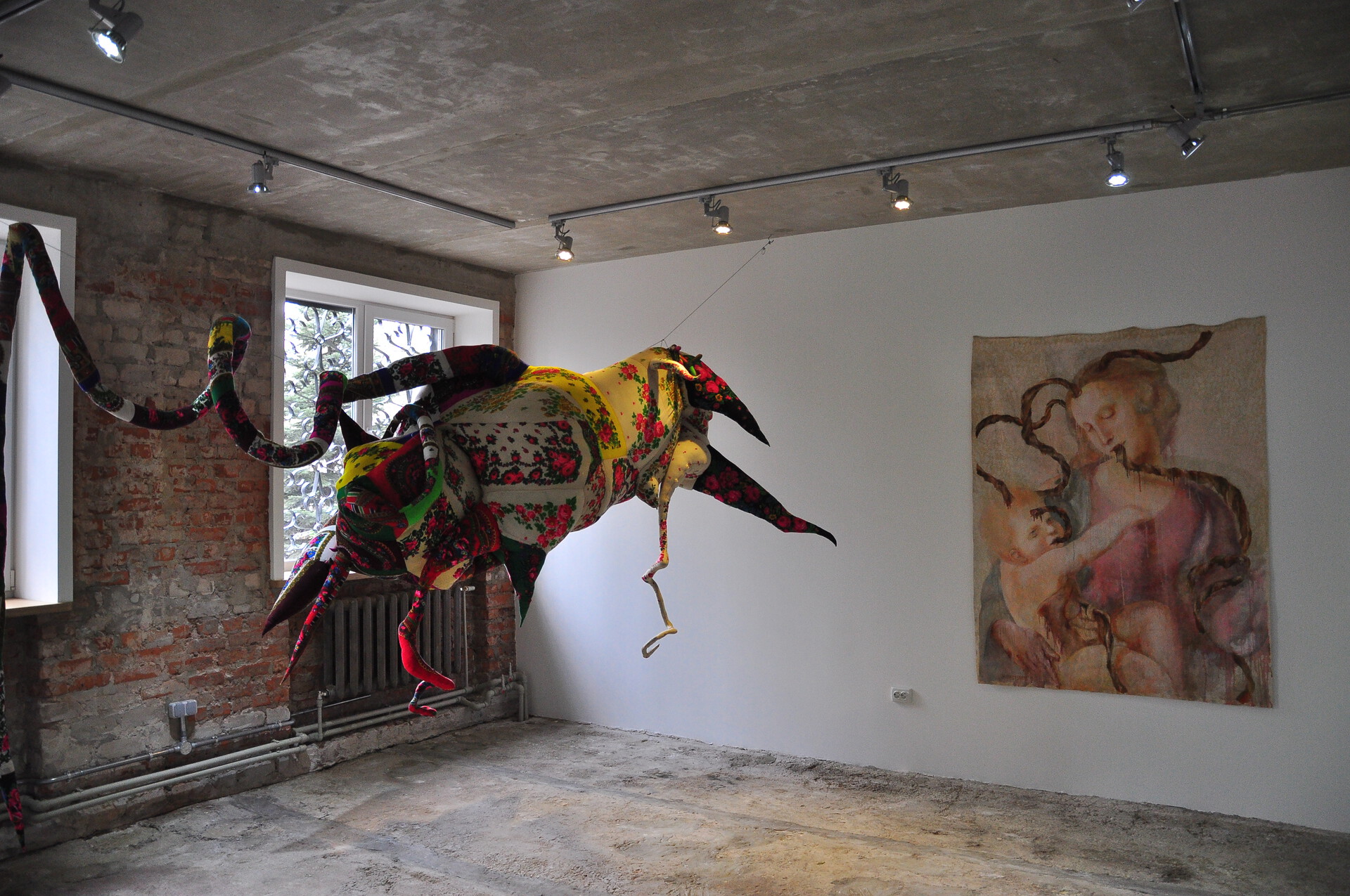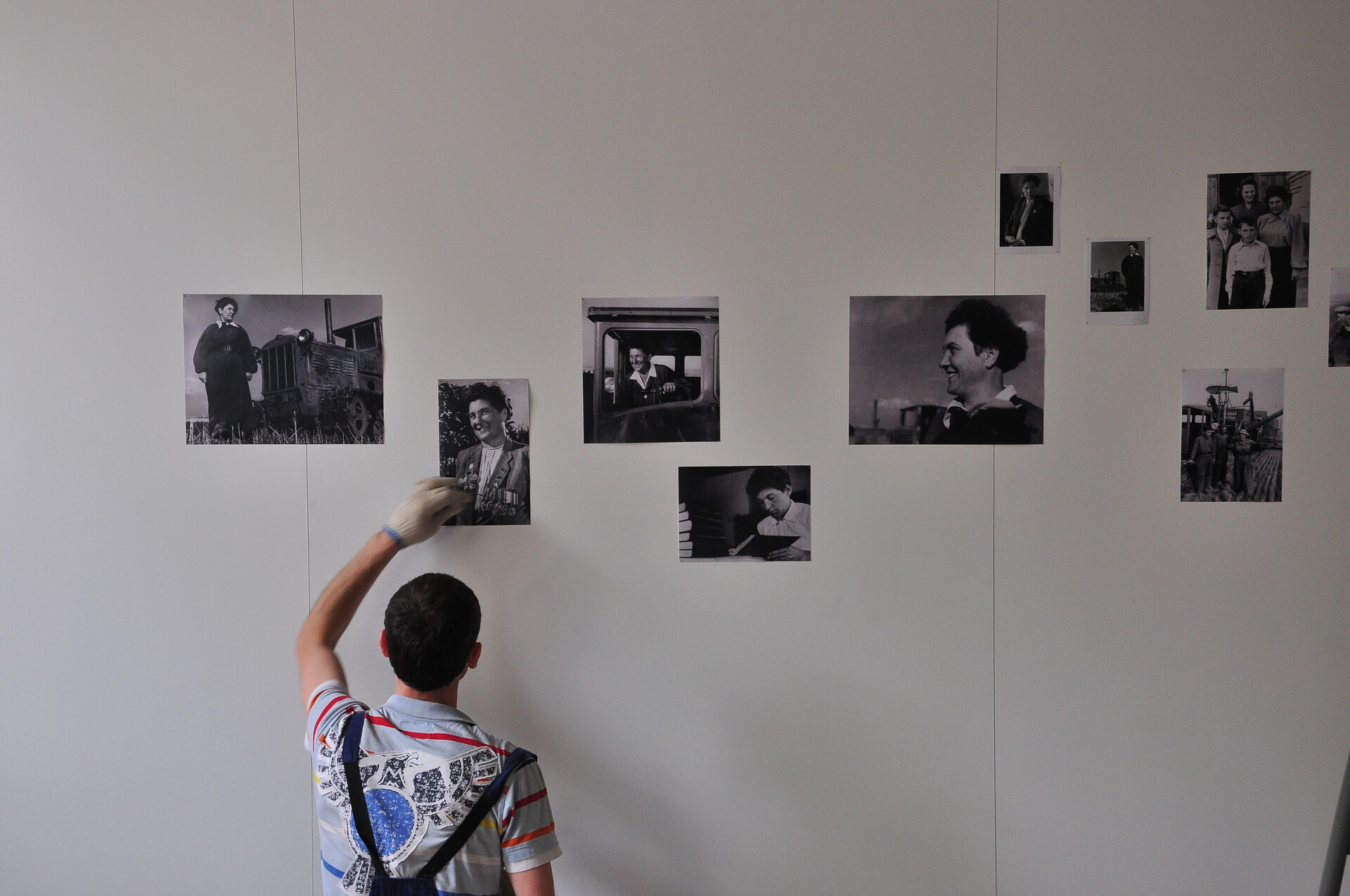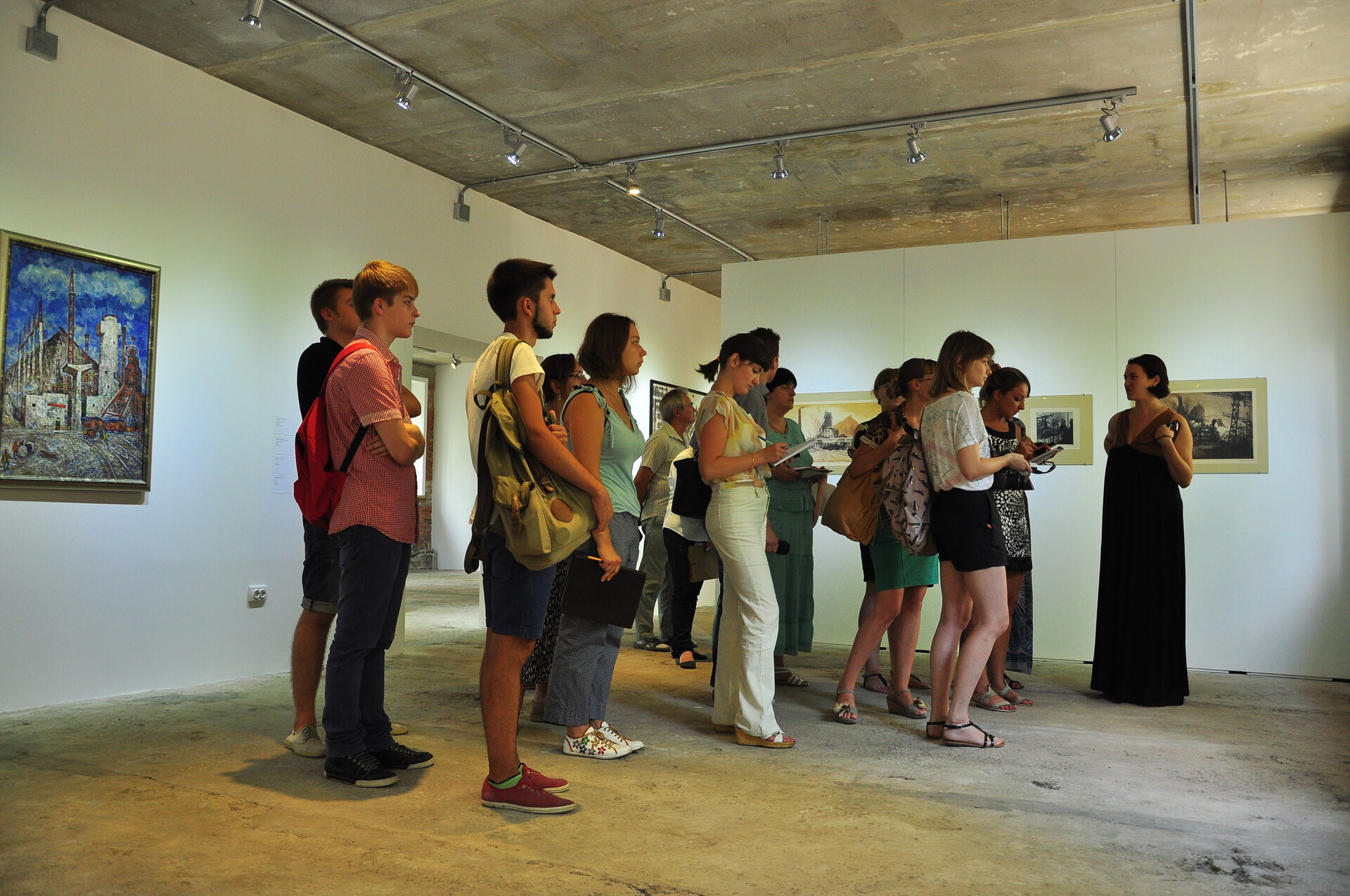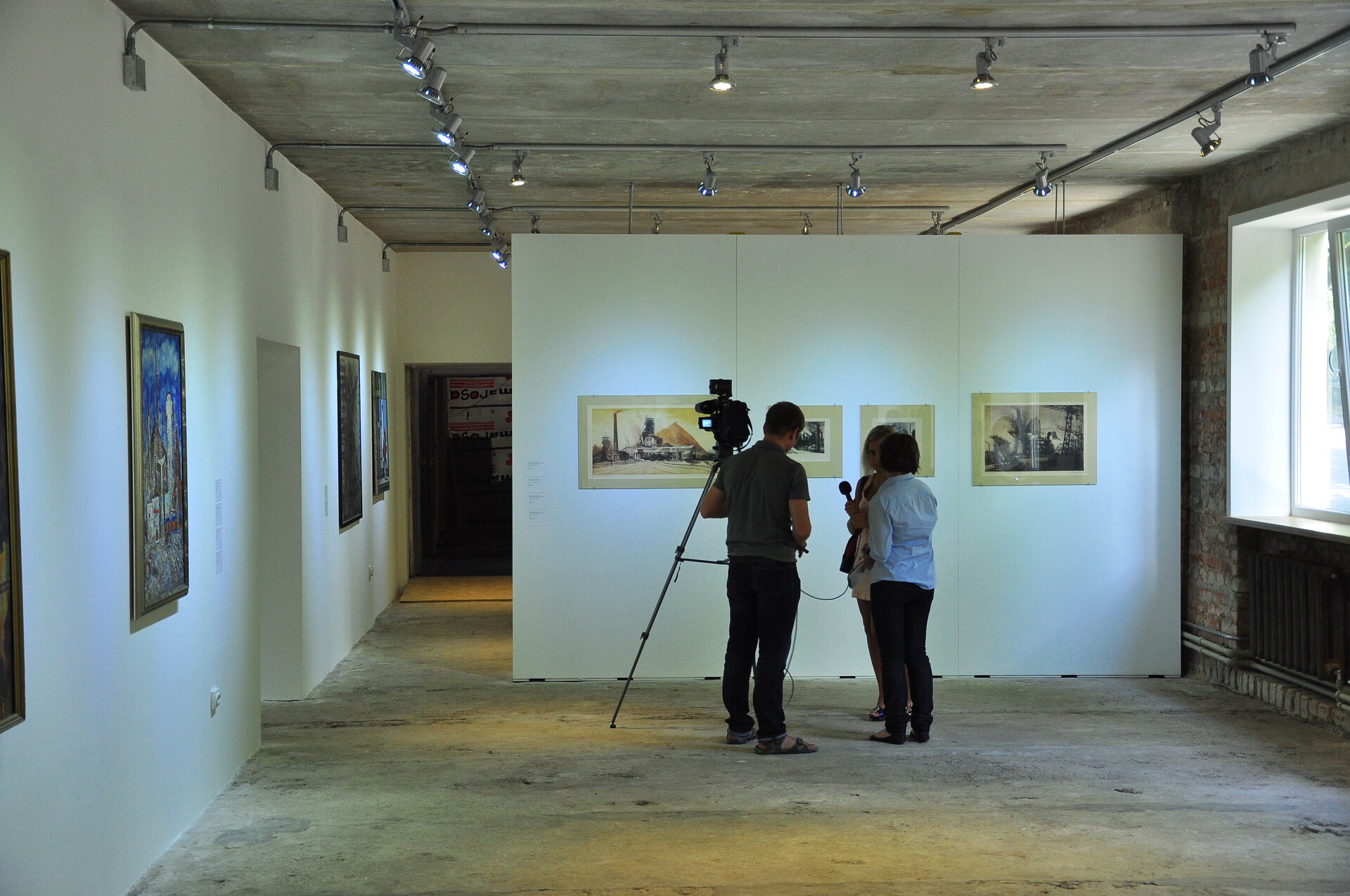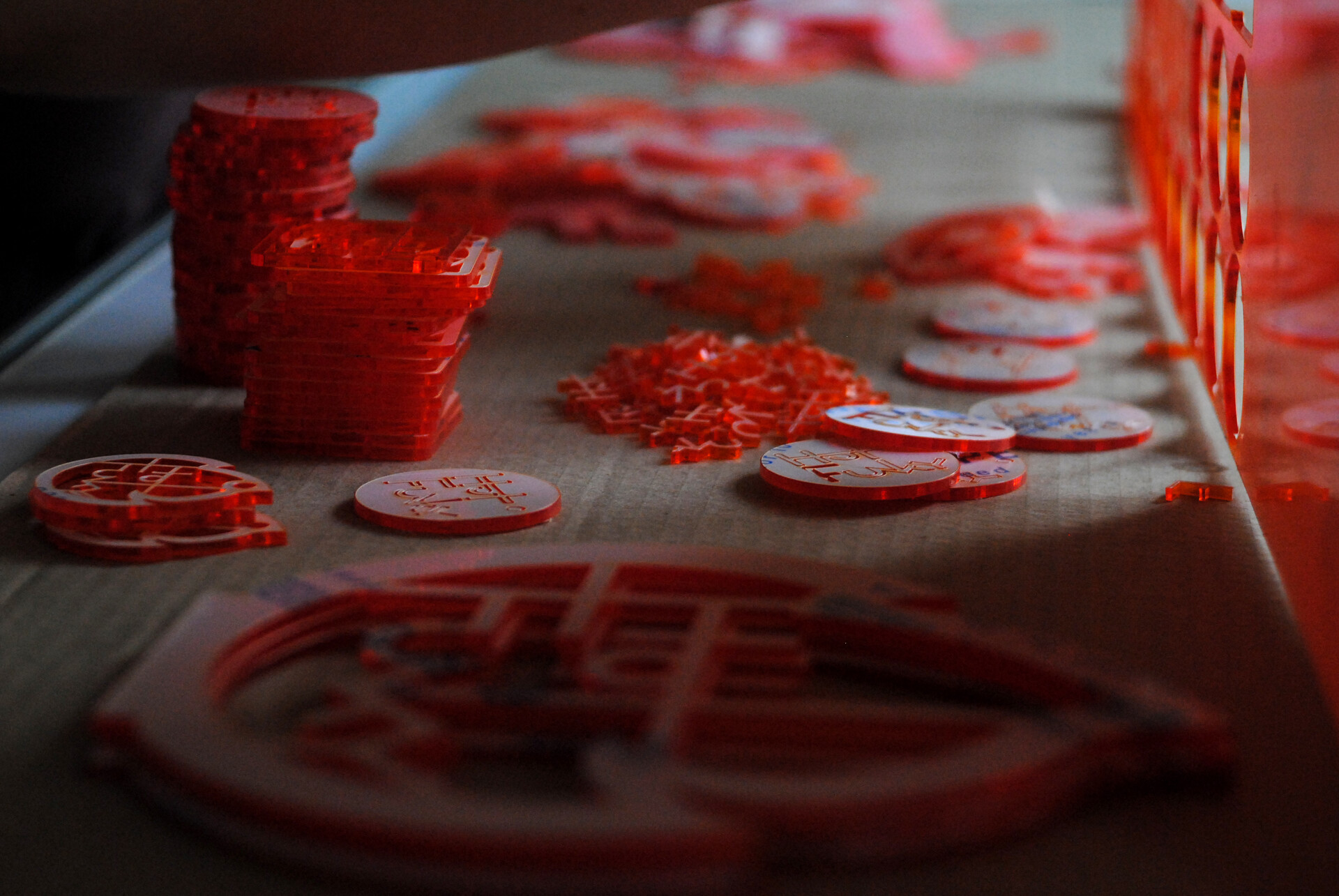Time periods
1. Factory
Plant (1955 — 2005) this section depicts usage of selected space by the former insulation materials plant. The plant was opened in 1955 in the city of Donetsk. The company produced mineral wool and other insulation materials for power stations and military and astronautical applications. The plant’s products were exported to the republics of the USSR and European countries, and around 1000 workers and engineers were employed at the company. In 2005 the plant went bankrupt because of the railway line being closed, and its premises began to be used as warehouses.
2. Culture
‘Izolyatsia’ foundation (2010 — 2014) this section depicts how the space was used by the international charitable foundation ‘Izolyatsia’. In 2010, Donetsk activists opened a platform for cultural initiatives with the support of local business, using the legacy of the factory as a source of inspiration and material for creating new ideas. The Foundation used the plant premises to realise educational, cultural and art projects, to create new enterprises in the creative economy, and to stage concerts, theatre performances and cinema viewings. Both artists and cultural actors on a Ukrainian and global level and the local community were actively involved in ‘Izolyatsia’s work.
3. Prison
‘Izolyatsia’ illegal prison (2014 - ...) this section shows the space during the operation of the illegal prison and military base that representatives of Russian Federation armed units set up on the site of the plant and cultural foundation. Buildings which were earlier used for cultural events and art projects are now a place of illegal imprisonment, torture, execution by firing squad and used for the storage of ammunition, weapons and military equipment. According to the testimony of former prisoners, the hostages are kept in inhumane conditions, made to do forced labour and undergo moral and physical abuse.
Medical station
Factory
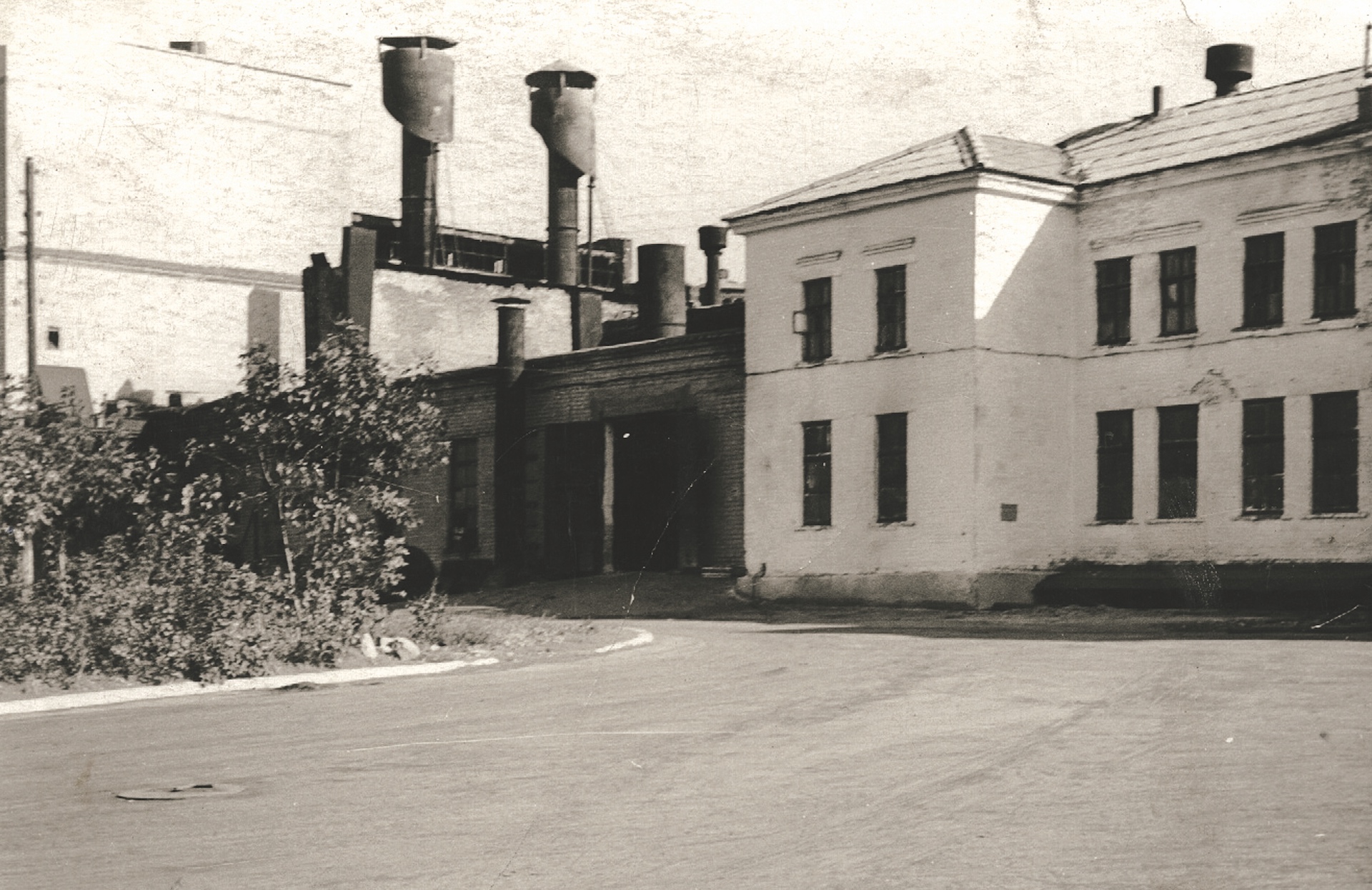
In the building behind the plant management offices there was a medical station when the factory was still in operation. Workers at the insulating materials plant could receive first aid and emergency medical treatment. After the enterprise collapsed, the medical station buildings remained in an almost primordial form, with medical implements and hospital furniture left behind.
‘Izolyatsia’ foundation
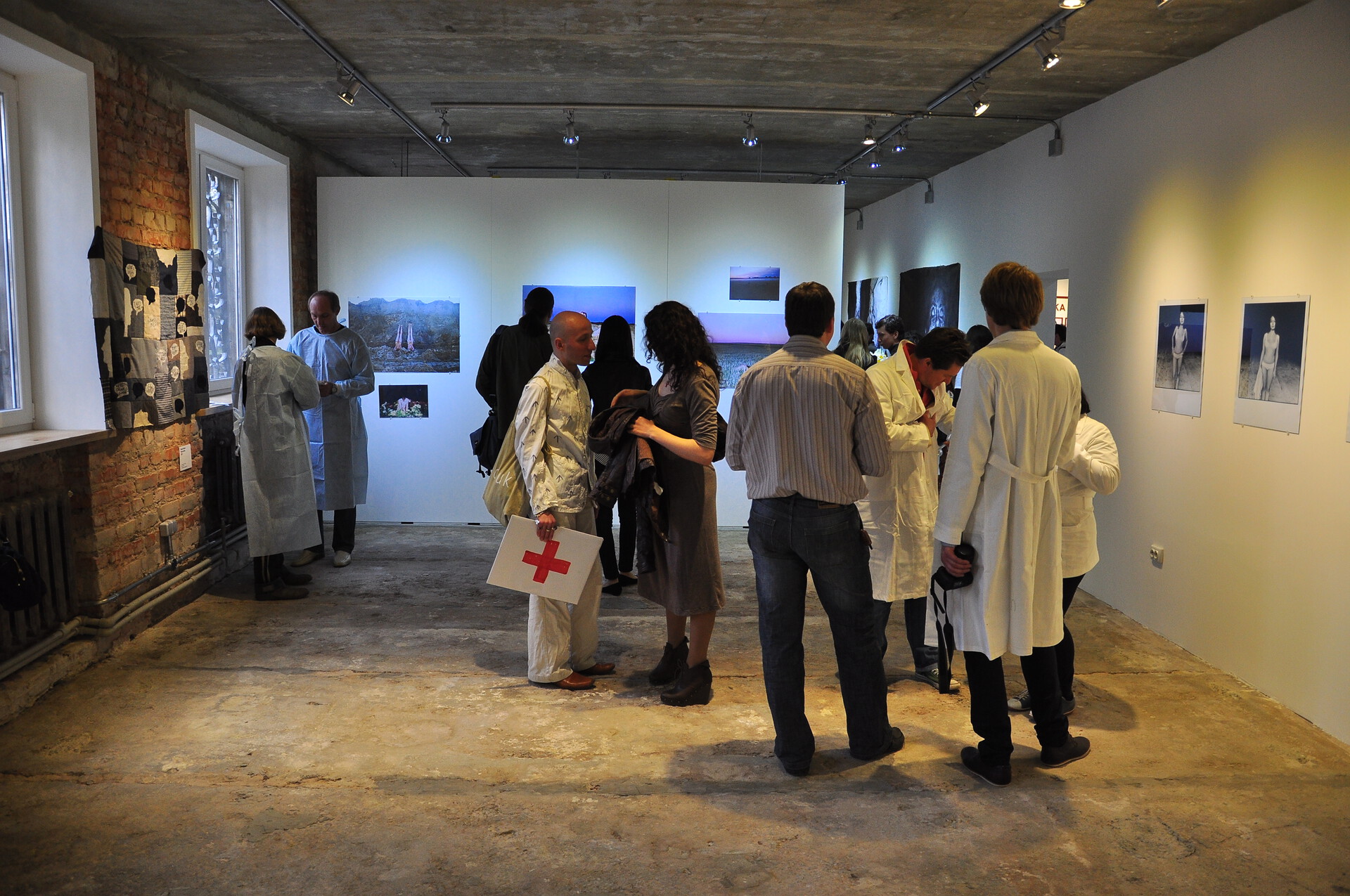
The hospital décor remained untouched, and so the new space was named MEDPUNKT (MEDICAL STATION). Insofar as a medical station is a place for initial diagnosis of an illness, the organisers called it a ‘place for measuring the social temperature’. The gallery was assigned for ‘rapid response’ exhibitions and projects, which showed the symptoms of and open wounds in the social and cultural corpus of Ukrainian society.
The first MEDPUNKT project, which was significant for the space, was Gender in IZOLYATSIA (2012). The exhibition posed the question of where and how to find a place of psychological freedom in a society in which narrow and overly limited gender roles play a part. The project stimulated the audience to wonder: are there potential opportunities to escape from patriarchal limitation in the contemporary Ukrainian context?
MEDPUNKT was not limited to work with contemporary art which, whilst important, was not always easy to understand for the local population. In 2012 Donetsk: Artifacts also opened in the gallery, an exhibition-inquiry into the history of the city through work with archives, drawing from the post-war renaissance, painterly canvases from the times when socialism was developing, maps and tourist albums. The exhibition offered visitors the opportunity to ‘give a diagnosis to Donetsk’ and conceptualise the past and present of the city.
The first fab lab in Ukraine opened in 2013 in the ‘Izolyatsia’ Foundation. It was a free-to-use a digital workshop in which one can make almost anything at all: from sweets, toys and jewellery items to cars and precision instruments. This is all possible thanks to an array of digitally controlled machines: a 3D printer, a laser cutter, a CNC mill and so on.
Designers, engineers, and architects could use all the instruments needed for their projects, educational events were held for them, including those for beginners. The workshop was accessible not just to specialists, but to all those who were interested in science and technology.
Prison
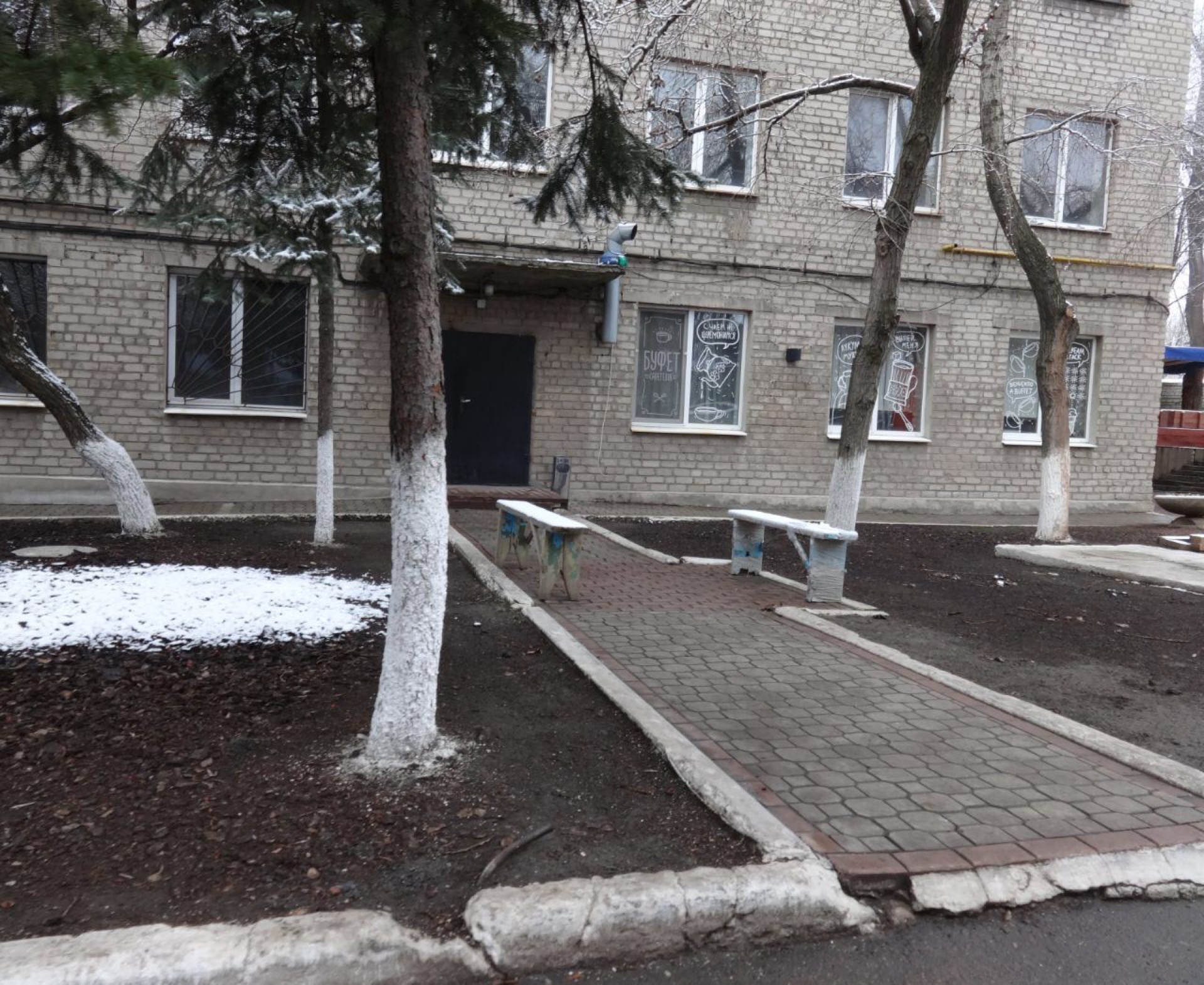
After the seizure of the ‘Izolyatsia’ Foundation in 2014, the Russia-backed illegal armed formations ransacked the equipment and the Foundation’s collection. Part of the equipment and artwork was destroyed or sold for scrap. The fate of some things was traced successfully: in particular, the manufacturer provided the information that updates for the digital laser cutter was installed from the territory of Ukraine temporarily occupied by Russia in the Autonomous Republic of Crimea and Sevastopol.
The MEDPUNKT gallery buildings were turned into a warehouse for weapons and ammunition. According to the testimonies of those released from the ‘Izolyatsia’ illegal prison, there is no appropriate protection of the warehouse, and the representatives of the Russian occupation administration neglect the rules for handling ordnance, which constitutes additional risk to life and health. Part of the building was turned into a food store: in particular, former prisoners recall spoiled sweets and ‘Konti’-brand biscuits.
A kitchen and cafeteria for detainees has been set up next door to the Medical station, where there used to be a café for residents and visitors of the ‘Izolyatsia’ Foundation. According to the prisoners themselves, they receive two meals a day, mostly various types of cereals and stew. Food is often tainted. At the same time, at least in 2014-2015, multi-day food deprivation was practised to force prisoners to confess to their alleged ‘crimes’.
